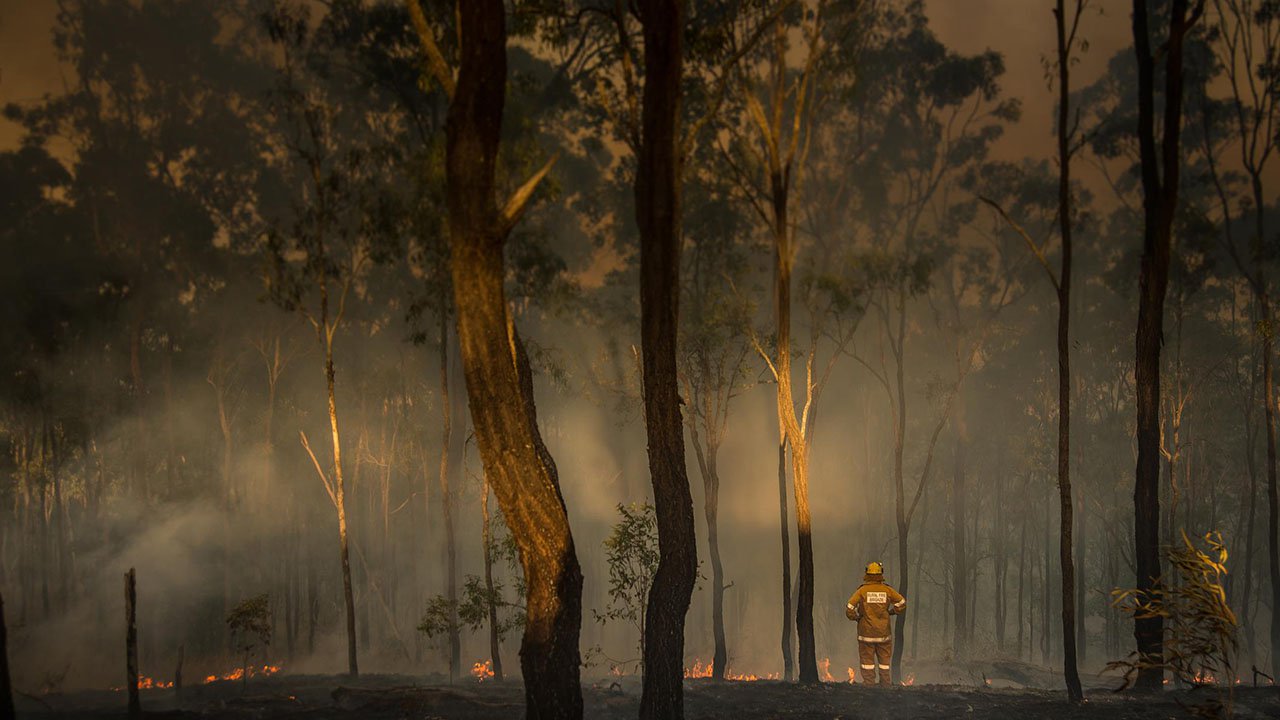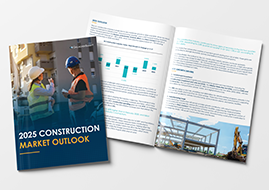
March 30, 2023 — In my many adventures in the wonderful world of risk, I have often met people willing to tell me where to go, sometimes with great enthusiasm. Moody's Analytics has taken the concept to new heights with its report, The Impact of Climate Change on U.S. Subnational Economies ( the-impact-of-climate-change-on-us-subnational-economies.pdf (moodysanalytics.com)). We have noted before in these august pages that hydrological maps are being redrawn extensively as the meaning of "waterfront property" changes before our eyes. Moody's has taken the concept further by bringing together various changing climate parameters to identify areas — called subnational economies above — where aggregate climate impacts from heat, drought, and sea level rise will be either relatively benign, or quite the opposite.
One of the areas expecting the least negative impact is, of all places, Detroit, along with Baton Rouge and Knoxville, TN. If you're considering locations for new facilities, this list might shift a few priorities. On the other hand, the metro area at greatest risk might also surprise you — the San Francisco Bay Area, followed closely by Cape Coral, FL, and New York City*.
How useful is this report for serious corporate decision-making? We already see that some areas of the US seem less user-friendly than even a few years back, more prone to weather extremes and accompanying service and access disruptions. Add in factors such as congested freeway and rail systems, iffy electrical grids, and other less-than-stellar infrastructure, and risk planning and evaluation for new locations become even more challenging.
This report certainly adds an important dimension to thinking about new or expanded facilities. Do you work with a broker or a TPA with a strong, future-oriented health and safety program? This question should be part of your conversations. Location is an increasingly complex part of your risk equation. What issues might it present ten or fifteen years from now — a mere blink of the eye in "risk time."
Most of us grew up with the idea that the earth abides. Major elements of geography don't shift suddenly. The lines on our maps stay put, and the seasons follow each other in an eternal circle. But this is an illusion. A detailed study of written history, let alone the geological record, shows us that cities sink into the sea**, verdant meadows become howling deserts, and rivers change their course, destroying empires. Moody's offers us a few clues. While nature's book of secrets is indeed infinite, we are well advised to read what pages we can***.
The Major Deegan Expressway in the Bronx after Hurricane Ida
*Yes, Moody's own HQ is at 7 World Trade Center, the most flood-prone part of Manhattan.
**Atlantis was but one of many.
***Our thanks, as always, to Mr. Shakespeare
Author

Dr. Gary Anderberg
Make Gallagher Bassett your dependable partner
When making the right decision at the right time is critical to minimize risk for your business, count on Gallagher Bassett's extensive experience and global network to deliver.

